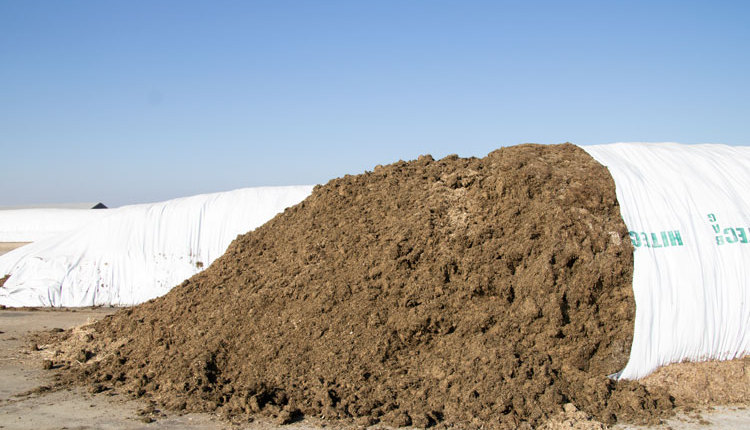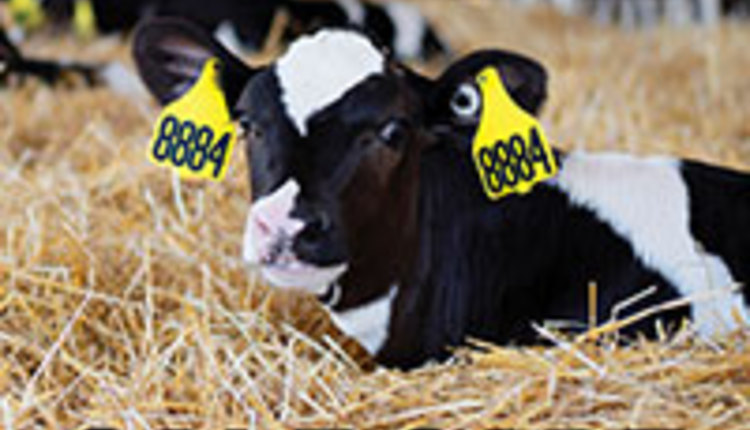
Most farms raise every heifer calf that is born. That served many of us well in the past. Extra heifers fueled expansion, replaced older cows, or were sold to generate income.
These days, it is common to hear people questioning if raising more heifers than you need is the best use of scarce resources. If you want to maintain your current herd size, here are some thoughts to help you “right-size” your replacement herd.
How many heifers?
Two essential pieces of information for making a sound decision are the number of replacements you need each year and your total cost to raise a heifer to its first calving. Calculate the number of heifers needed as: (herd size, milking plus dry cows) × (cull rate) × (age at first calving ÷ 24) × (1 + noncompletion rate for heifers). The heifer noncompletion rate accounts for heifers that are born alive but are sold or die before they calve.
Calculate costs
Heifer costs are often the second or third largest expense for the production of milk, but there is a lot of variation from one farm to the next. The only way to know if market prices for heifers are profitable for your business is to know exactly what it costs you to grow a heifer. Penn State Extension offers a spreadsheet tool that can help with this process.
Reach your goal
Once you know how many replacements are needed, develop a plan for achieving that number. You can calculate how many heifers will be produced in a year as follows: (herd size) × (12 ÷ calving interval) x (percent female calves) × (1 - calf mortality rate) × (24 ÷ age at first calving). Calf mortality counts deaths in the first 48 hours after birth.
Depending on the marketing options you have, older cows could be sold to make room for extra heifers in the milking herd. However, doing this too frequently is likely to decrease the average age of the herd and reduce total milk output. It is often better to sell the extra heifers. Rather than randomly culling heifers, this can be an opportunity to improve the quality of your herd.
When the market offers the opportunity to sell springing heifers at a profit, that can be an excellent option, but, of course, that is not always possible. Use health or growth performance, pedigree, genomic data, or a combination of these criteria to select heifers to keep or to sell.
Genomic testing can provide additional confidence in your ranking of heifers, even at a very young age. When market prices for heifers are low, it makes sense to cull heifers as early as possible before you have invested a lot of money and time in their development.
Another approach
Another strategy for keeping the size of the replacement herd in line with your needs could include breeding select heifers or cows to beef bulls to increase the value of culled animals. Depending on the facilities and feeds you have available, these calves could be fed out or sold right away. Sexed semen could provide an additional tool to produce heifer calves from only the top animals in the herd, which may allow you to breed a greater percentage of the herd to beef sires.








